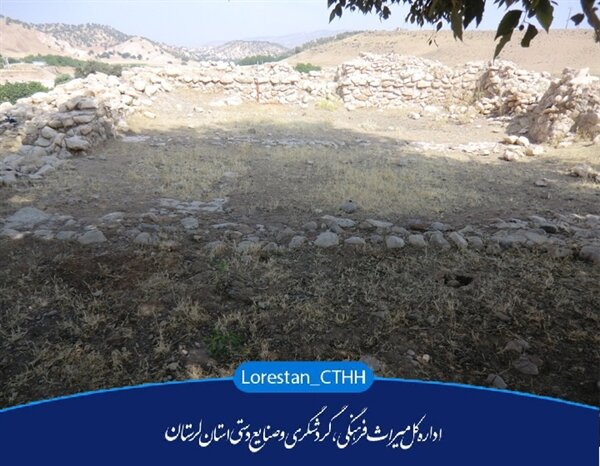192 archaeological sites, dating from Stone, Copper and Bronze ages, identified in western Iran

TEHRAN – A total of 192 archeological sites and human settlements, dating back to various epochs including the Stone Age, Copper Age, and Bronze Age and the Neolithic, have been identified during a recent archaeological survey in Lorestan province, western Iran.
The sites were discovered in the mountainous regions of Miankooh situated in Pol-e Dokhtar county during a two-month survey supervised by the Research Institute of Cultural Heritage & Tourism (RICHT), provincial tourism chief Seyyed Amin Qasemi announced on Saturday.
“Cultural and ancient sites related to the later Islamic eras have also been identified in the survey.”
“Of the sites, over 40 ones are [human] settlements, which date back to the Lower Paleolithic (c. 3.3 Ma – 300 ka), the Middle Paleolithic (c. 300–50 ka); the Upper Paleolithic (c. 50–10 ka); the Epipalaeolithic (a period occurring between the Upper Paleolithic and Neolithic during the Stone Age); and the Neolithic (or the New Stone Age; 10,000–4,500 BC). And these significant discoveries demonstrate the region is of very high importance in terms of history and archaeology,” provincial tourism department quote Qasemi in a press release issued on Saturday.
Elsewhere in his remarks, the official noted that several tomb chambers and evidence on Achaemenid, Seleucid, Parthian, and Sassanid settlements and their ruined architectural vestiges came to light in the survey.
The existence of the ruined administrative and defensive structures that particularly date back to the middle and the later Islamic eras as well as frequent roadside inns and caravanserais suggest this region had been strategically important for the central governments of the time, he explained.
Lorestan, meaning the “Land of the Lurs”, was inhabited by Iranian Indo-European peoples, including the Medes, c. 1000 BC. Cimmerians and Scythians intermittently ruled the region from about 700 to 625 BC. The Luristan Bronzes noted for their eclectic array of Assyrian, Babylonian, and Iranian artistic motifs, date from this turbulent period. Lorestan was incorporated into the growing Achaemenid Empire in about 540 BC and successively was part of the Seleucid, Parthian, and Sassanid dynasties.
Extensive mountains stretch northwest-southeast; between the higher ranges are well-watered pockets with lush pastures. Oak forest covers the outer slopes, together with elm, maple, walnut, and almond trees.
Lorestan proper stretches between the Dez valley (used by the Trans-Iranian Railway) and the Upper Karkheh River and northward toward Nehavand. Agriculture is the mainstay of the economy; crops include rice, wheat, barley, cotton, oilseeds, sugar beets, vegetables, and fruits. Industries produce cement, sugar, processed foods, carded wool, and ginned cotton.
AFM/MG
